Papier-mâché newspaper mats (flongs) from 1937
Strangely enough, I found these in the attic of my house about 40 years ago when I was re-insulating.
They are an important and fascinating part of the newspaper printing industry from the early decades of this century.
I have three of these papier-mâché newspaper mats, or more properly, “flongs” produced by the Regina Daily Star newspaper date in 1937.
These flongs are made of papier-mâché and were used as moulds into which hot typesetting metal was poured. The resulting image was used in presses to print newspapers. These items are in remarkably good condition considering their age. If you examine the photos, you can clearly read each article.
Several years ago, I sold a several of these very rare and unusual items to a collector. I found these last three in my collection and expect them to sell quickly and for high price.
Flongs or Mats
The daily newspapers of the world and indeed many other printers were constantly searching for any method they could find to make their type go farther and or increase the speed of their production methods; and one way they did this was to use flongs. (sometimes just called mats)
A flong is a kind of paper mash or an assembly of several sheets of paper or thin card stock that is glued together to form a base of 50 or so thou of an inch. This base is called a flong and is used to make a mold of a type setup or a even a full page of type.
At one time all newspapers were letterpress and the need for speed was paramount. This was so especially as cities grew larger and larger. The flat bed printing presses at the time could only run at about 1800 impressions an hour and if a paper needed 20 thousand newspapers a day, well there was just not enough time to do this. So, alternate methods were needed, and hence the newspaper flong was invented and utilized.
A full size newspaper was set in type and placed in a specialized roller type of machine. A blank flong was then placed on the type and various kinds of cushion was placed on top of this type and the mechanism of this roller machine was activated and the newspaper page was rolled under this massive roller.
The result and intention was to crush the soft and moist flong into all the type to make a mould. This might sound amateur, but it worked very well and all of the newspapers of the world employed this method.
This soft, limp and very damp flong was then placed into a heated oven called a toaster and dried. For large newspapers this flong was dried in curved toaster and then once dry put into a curved casting box and cast into a circular printing plate.
This curved plate was then trimmed and machined on the edges to a precise size and then clamped to the rollers of a giant printing press that printed newspapers from a roll of paper, as opposed to sheets of paper. These presses ran at very fast speeds and got the paper out on time.
Once the flong was cast once it was of no further use and was discarded. Mostly this discard did not happen for a week or so just in case a critical plate got damaged and remakes were necessary.
These discarded flongs were often used as a sort of portfolio for the newspaper boys to carry their newspapers in. Nothing fancy here. Just fold the flong in half and insert the papers and off you went to your paper route or selling corner. This was done to keep the newspaper clean and free of finger marking and scuffing, so as to present a new and clean paper to the customer.
Perhaps I will write a fuller explanation later, but this is all I can do for now.
Phil Ambrosi of Regina. January 25, 2015
FOR SALE: Antique Newspaper Flongs or Mats
Offered for sale is a highly unusual and very rare item known as a “newspaper flong” or a “newspaper mat”.
We have three sheets, each one representing a page from the Regina Daily Star in 1937. See the photos below.
Sheet #1
Paper: Regina Daily Star
Date: Thursday April 8, 1937. Page 2
Headline: “Liberal Member Urges National System Of Financing”
Sheet #1
Paper: Regina Daily Star
Date: Thursday April 8, 1937. Page 2
Headline: “Liberal Member Urges National System Of Financing”
Sheet #1
Paper: Regina Daily Star
Date: Thursday April 8, 1937. Page 2
Headline: “Liberal Member Urges National System Of Financing”
Sheet #1
Paper: Regina Daily Star
Date: Thursday April 8, 1937. Page 2
Headline: “Liberal Member Urges National System Of Financing”
Sheet #2
Paper: Regina Daily Star
Date: Thursday April 8, 1937. Page 7
Headline: “Saskatchewan Cattle Supply Is Decreased”
Sheet #2
Paper: Regina Daily Star
Date: Thursday April 8, 1937. Page 7
Headline: “Saskatchewan Cattle Supply Is Decreased”
Sheet #2
Paper: Regina Daily Star
Date: Thursday April 8, 1937. Page 7
Headline: “Saskatchewan Cattle Supply Is Decreased”
Sheet #2
Paper: Regina Daily Star
Date: Thursday April 8, 1937. Page 7
Headline: “Saskatchewan Cattle Supply Is Decreased”
Sheet #3
Paper: Regina Daily Star
Date: Friday April 9, 1937. Page 2
Headline: “Session at Ottawa Likely To Carry Into Next Week”
Sheet #3
Paper: Regina Daily Star
Date: Friday April 9, 1937. Page 2
Headline: “Session at Ottawa Likely To Carry Into Next Week”
Sheet #3
Paper: Regina Daily Star
Date: Friday April 9, 1937. Page 2
Headline: “Session at Ottawa Likely To Carry Into Next Week”
Sheet #3
Paper: Regina Daily Star
Date: Friday April 9, 1937. Page 2
Headline: “Session at Ottawa Likely To Carry Into Next Week”
Sheet #3
Paper: Regina Daily Star
Date: Friday April 9, 1937. Page 2
Headline: “Session at Ottawa Likely To Carry Into Next Week”
When framed, these antique items are truly beautiful, stand as a remarkable example of industrial art, and are testimony to the technology used in newspaper industry in the early decades of the last century.
HISTORY:
These “Flongs” were made by the Regina Daily Star newspaper in 1937.
They are made of papier-mâché and were used as moulds into which hot typesetting metal was poured. The resulting metal image was used in printing presses to print newspapers. If you examine the photos, you can clearly read each of the newspaper articles on the page.
Several years ago, I sold a several of these very rare and unusual items to a collector. I found these last three in my collection and expect them to sell quickly.
PRICE: $120 each
CONDITION:
Considering they were made 78 years ago, these flongs are in remarkably good condition. They are slightly warped, but this is not unusual since they are very hard papier-mâché and can be straightened by careful pressing.
More Images
Papier-mâché newspaper mats (flong) 1937
Papier-mâché newspaper mats (flong) 1937
Papier-mâché newspaper mats (flong) 1937
Papier-mâché newspaper mats (flong) 1937
Papier-mâché newspaper mats (flong) 1937
Papier-mâché newspaper mats (flong) 1937
Papier-mâché newspaper mats (flong) 1937
Papier-mâché newspaper mats (flong) 1937
Papier-mâché newspaper mats (flong) 1937
Papier-mâché newspaper mats (flong) 1937
Papier-mâché newspaper mats (flong) 1937
Papier-mâché newspaper mats (flong) 1937
Papier-mâché newspaper mats (flong) 1937
Papier-mâché newspaper mats (flong) 1937
Papier-mâché newspaper mats (flong) 1937


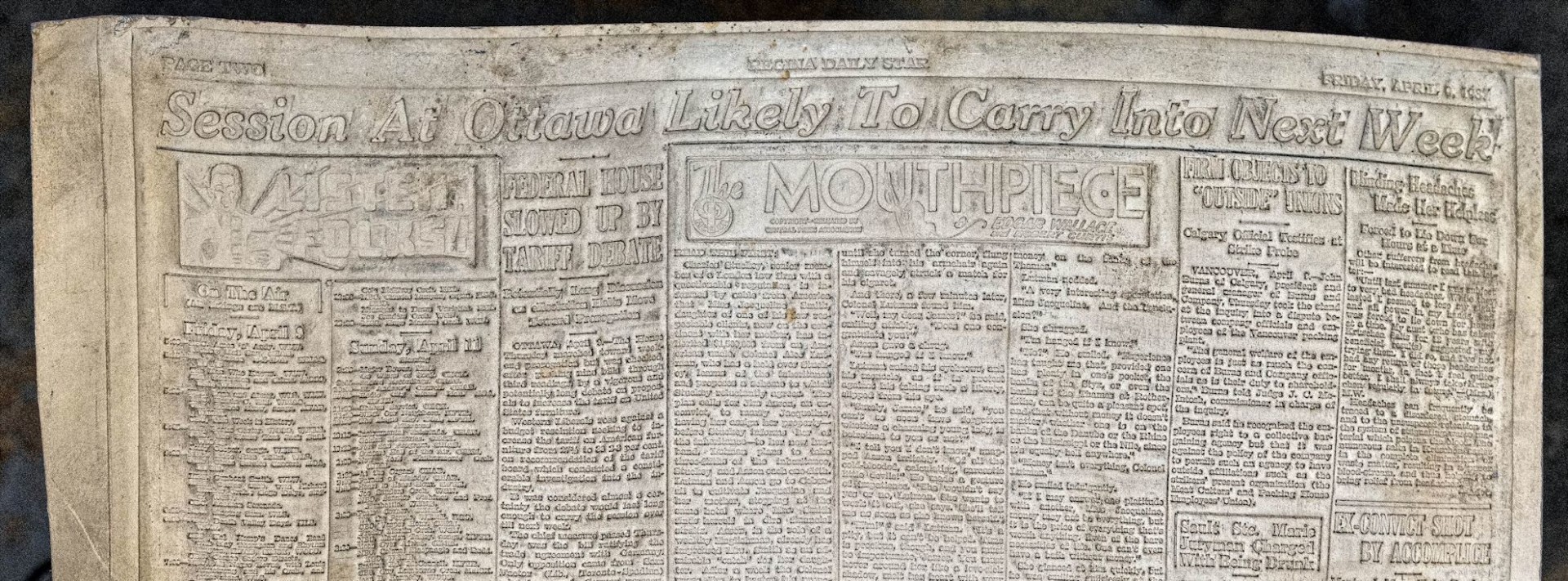
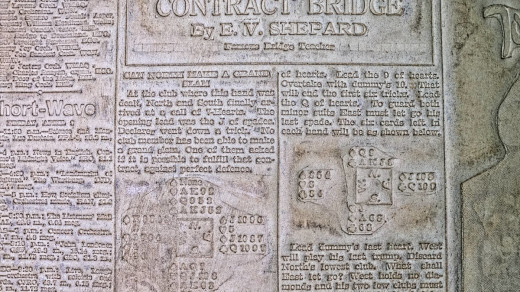
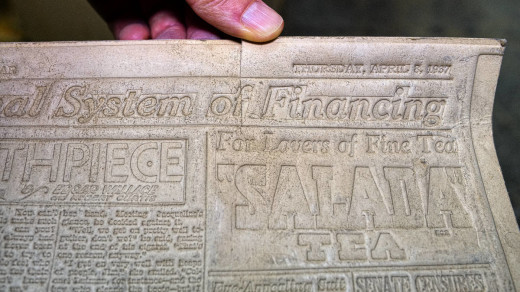
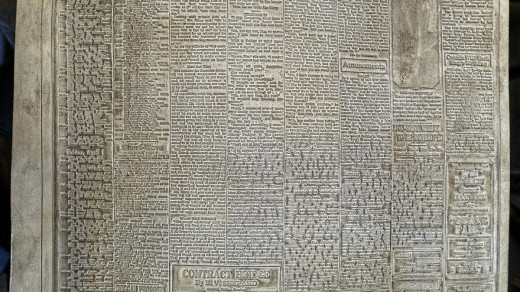
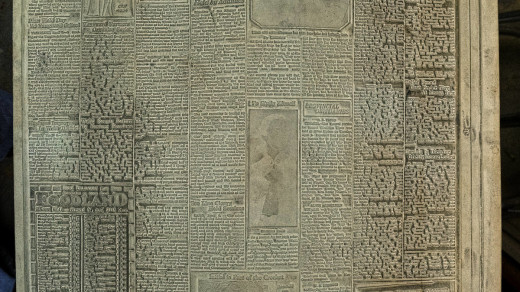
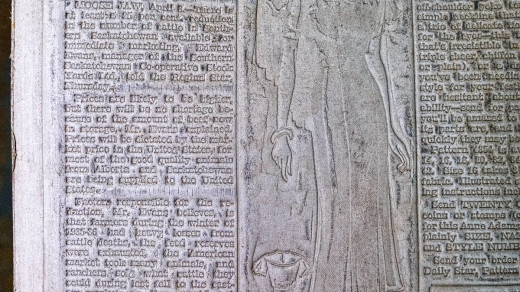
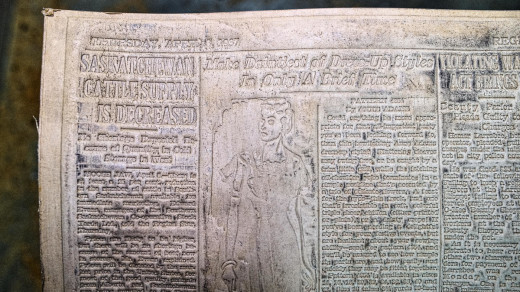
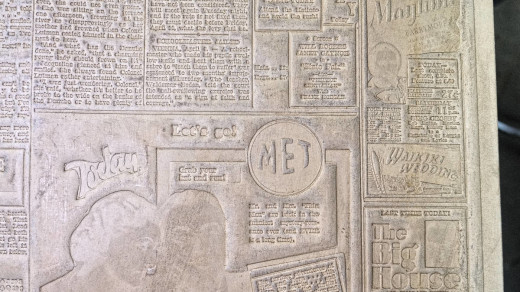
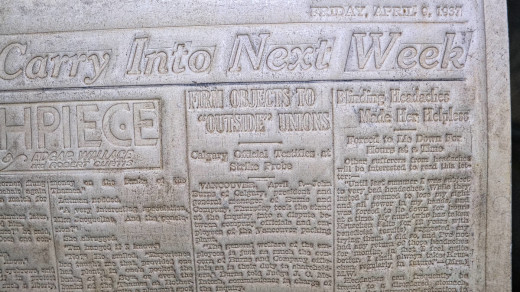
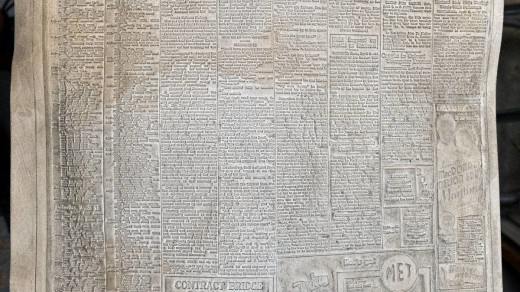
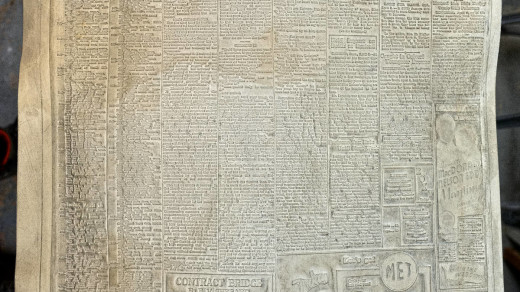
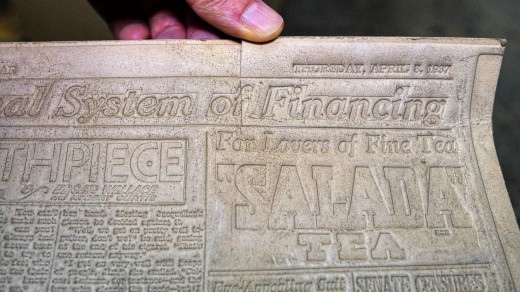
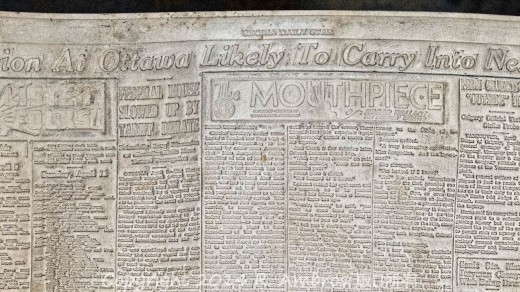
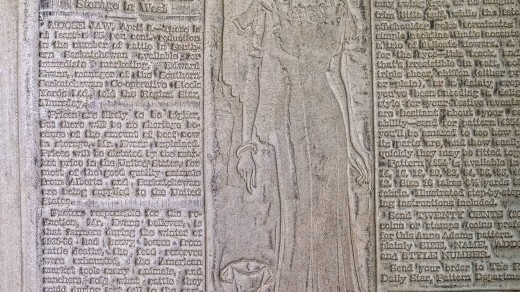
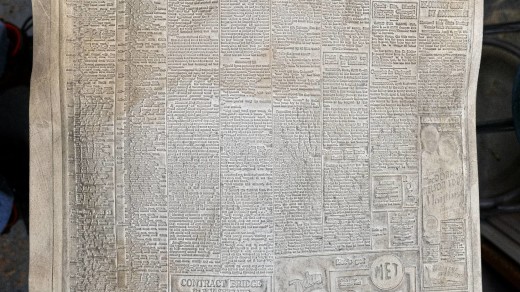
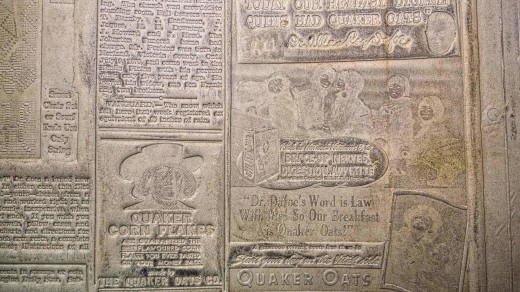
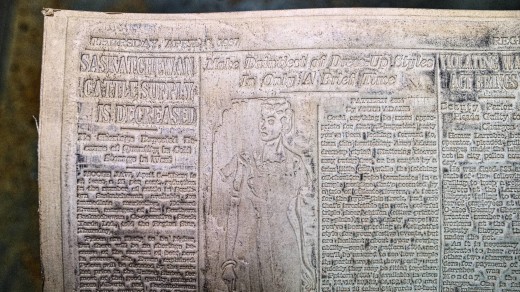
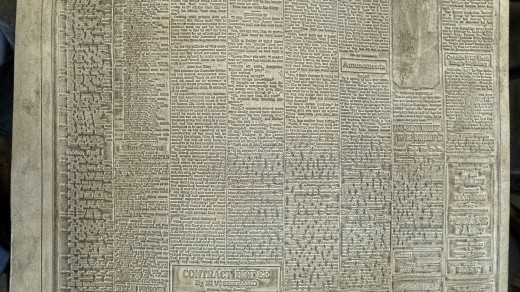
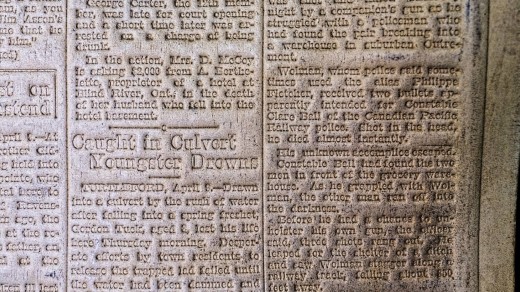
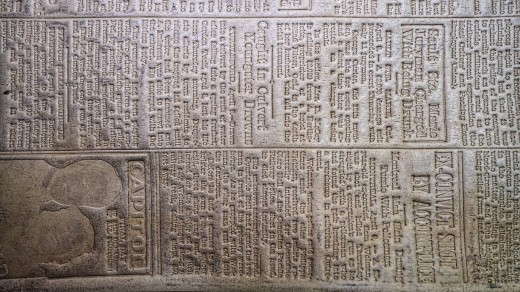
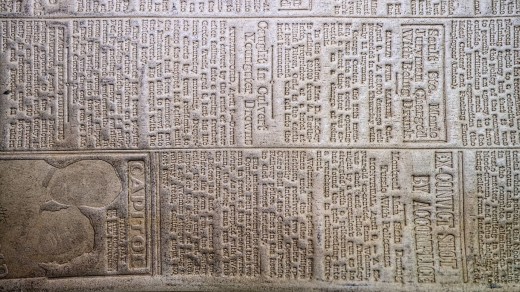
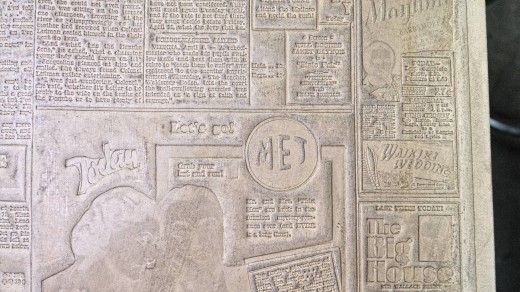
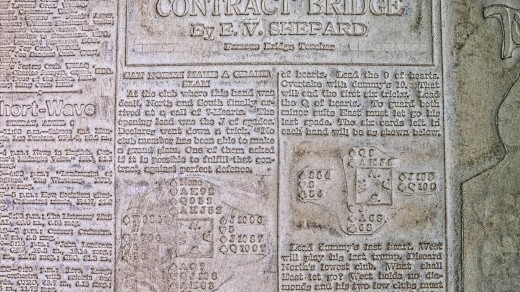
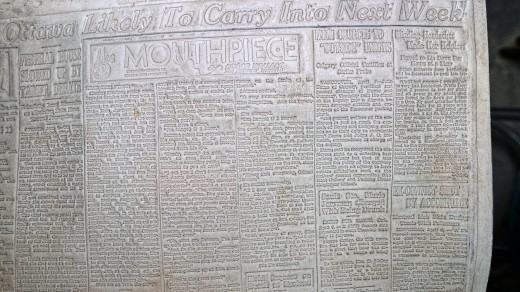
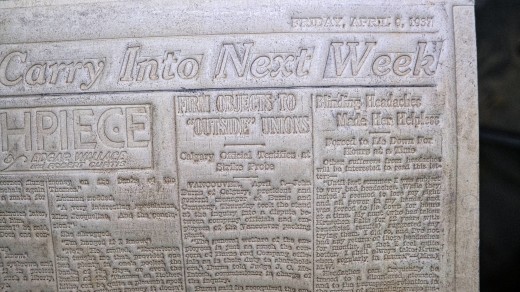
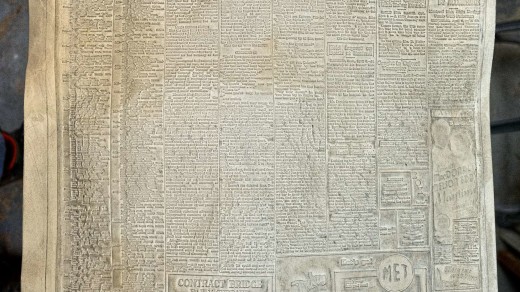

You must be logged in to post a comment.